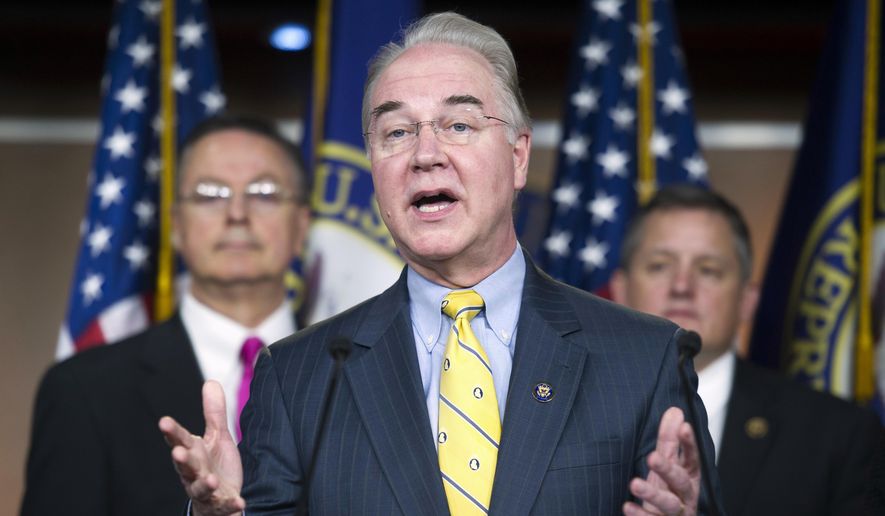Details of how the bipartisan bill rewriting Medicare reimbursement of doctors, awaiting congressional approval this month, would squeeze savings from the health care program for the elderly:
AMOUNT OF MEDICARE PREMIUMS
-Current law: Most people pay $105 monthly for medical coverage, which is 25 percent of the program’s cost. The prescription drug premium varies widely, according to plan and region.
People earning at least $85,000 annually pay higher premiums, which grow as income increases. Top-earning individuals making more than $214,000 pay 80 percent of the program’s costs, or $336 monthly for medical coverage. The income thresholds double for couples.
-Medicare legislation: Starting in 2018, some top earners would pay higher premiums, starting with people making over $133,500. The highest 80 percent bracket would start for people earning over $160,000.
___
INCOME THRESHOLDS FOR PAYING HIGHER PREMIUMS
-Current law: Income levels that trigger higher premiums have been frozen since 2011. In 2020, they are scheduled to increase by an amount equaling all the inflation that will have occurred between 2011 and 2020.
-Medicare legislation: Unchanged except in 2020, the income levels will grow by the inflation that occurs only in 2019. This means the thresholds would be lower than otherwise and more people will breach them and owe larger premiums.
___
MEDIGAP
-Current law: People can purchase policies that insure virtually all costs not covered by Medicare.
-Medicare legislation: Starting with people buying new policies in 2020, coverage would be limited to costs above Medicare’s deductible for medical costs, which is currently $147 monthly but could be higher by then.




Please read our comment policy before commenting.